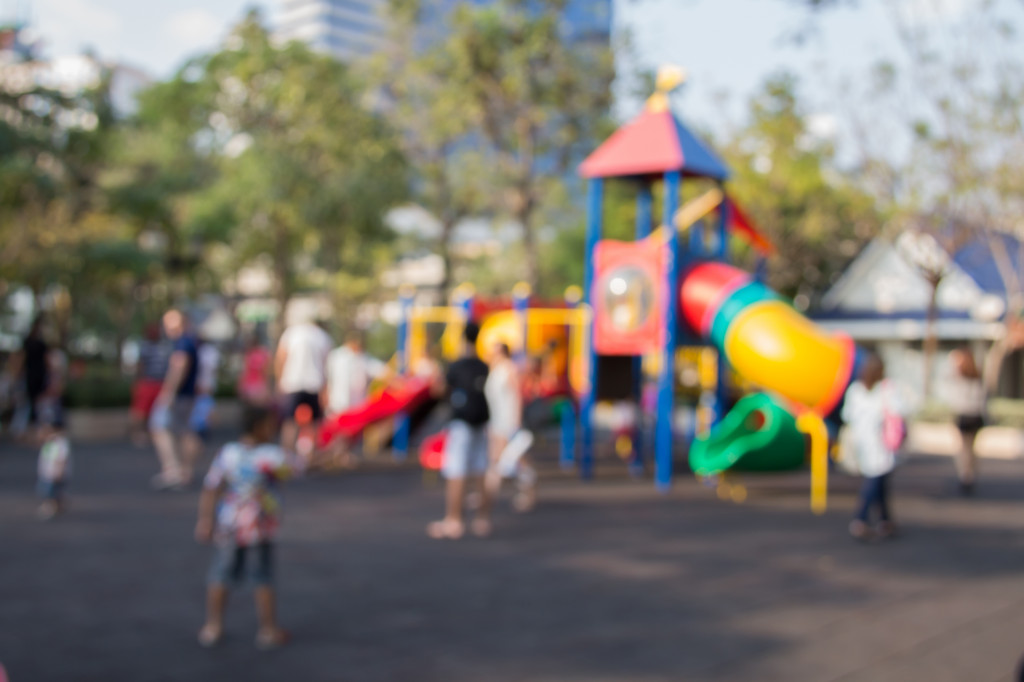Children are bundles of energy and joy. When it comes to a child’s emotional and physical development, playing with friends, family, and loved ones is one of the best learning ways. Usually, playgrounds are one of the best ways of letting children experiment and play with other kids.
However, the last few months have made it difficult for children to go out, especially when most authorities restrict access to public parks and playgrounds. Since children and family members aren’t allowed to go outside unless it’s buying essential goods or work, most families will need to get creative in entertaining their child. While letting their child watch television or play with video games can entertain them for a short time, this will often lead to psychological changes (although highly debated) during the developmental stage. So it’s only important that we provide our children with a physical outlet, even when they’re just at home.
In reality, most children couldn’t care less about how much you’ll be spending on their play spaces and playgrounds; as long as they’re having fun, they’ll be satisfied for a long time. Still, you’ll need to invest some time and effort in making sure that your child’s play space is both safe and functional.
Don’t worry; we’re here to guide your hand and help you set up your own low-budget play space, whether it’s inside your home or on your front yard. You would be surprised at how low it will cost to get your child’s play space going.

Planning and Scaling
First and foremost, you’ll need to start pooling in resources for your background playground. You don’t necessarily need to spend too much. Although you’ll need to start asking yourself the following questions:
- How much should I be spending?
- What are some activities that my child prefers?
- Will this playground “equipment” be alright when it’s raining?
- Will they fit in my backyard?
It’s important to start considering your backyard’s space and how it will work together with the budget that you have on hand. If your child prefers certain activities such as a merry-go-round or a slide, that should be your priority. You don’t have to splurge on a lot since one or two parts of your playground can already entertain your child.
Start Setting Boundaries
When you’re letting your children play in the backyard or garden, you’ll naturally want to let your children know not to stray towards any property that isn’t yours. Most of the time, fencing is a great way of setting boundaries and designating what their play space is. If you’re looking for more “concrete” and safer ways of setting boundaries for your play space in your back yard, you might want to consider pre-cast concrete walls. Not only are these walls durable against strong winds and the elements, but they’re high enough to keep intruders and pests out of your yard.
Consider Your Landscape
Your landscape will also play a significant role in how your child will interact with their environment. Does your home have lots of greenery? You might want to tie in your equipment’s color scheme with your garden or your home’s general exterior appeal.
Does your landscape have a more traditional appeal? You might want to consider a more “rural” feel. Most backyards that are placed in urbanized areas might work well with a more contemporary appeal. The last thing you want is to have an uninviting playground since the colors aren’t harmonizing.
Think About Function and Inviting Colors
Compared to adults, children won’t stand being in a boring environment with gray and dull colors. Imagine going to a kid’s party with brown and dark color tones? Nobody would want that, right? Having a child-friendly space for birthdays and different types of events and celebrations won’t just entertain your child but can also serve as a function area for different kid-friendly events.
But even though children are reliant on visual stimulation, it’s still important to consider the function of these facilities. Will it break easily? How safe is it for your child?
Get a “Community” Going
Lastly, a playground wouldn’t be the same if it didn’t have a lively community going. Although your child wouldn’t necessarily have to play with other kids that they aren’t familiar with, there’s no hurt in inviting kids from nearby homes, as long as they are following rules and safety measures that you have set.
Ultimately, building your own low-budget playground is all about giving your child a good way of fostering development while also giving them a venue for exercise. Whether it’s inside your home or in your backyard, you don’t really have to spend much. As long as your son or daughter is happy and satisfied with their situation, you’re doing a good job as a parent!

